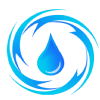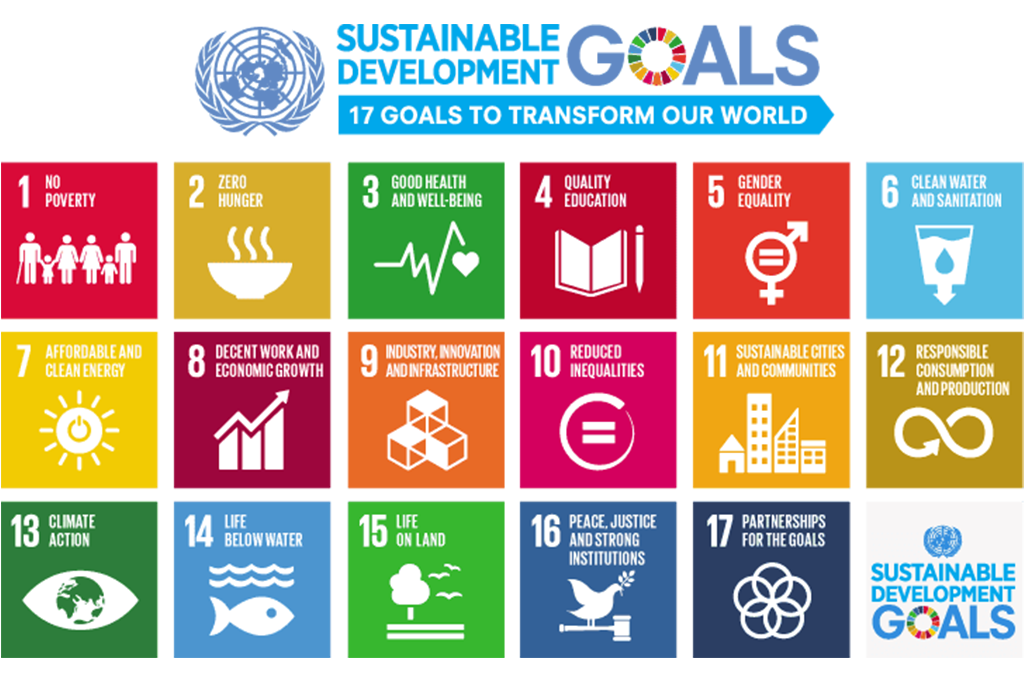Satellite-based remote sensing has revolutionized hydrology by enabling the tracking of water-related variables such as precipitation, soil moisture, water quality, and snow cover on a global scale. These capabilities provide critical data for monitoring droughts, floods, and changes in water quality, offering unprecedented insights for water management and disaster response.
Applications in Drought Monitoring
Satellites like NASA’s Gravity Recovery and Climate Experiment (GRACE) monitor groundwater levels and soil moisture, key indicators of drought severity. By measuring changes in Earth’s gravitational field, GRACE detects shifts in water storage. Studies have shown that GRACE data accurately predicted the onset and duration of droughts across the western United States (Famiglietti et al., 2011). GRACE and its successor, GRACE-FO, are instrumental in assessing groundwater depletion in arid regions, such as California’s Central Valley, where over-reliance on groundwater exacerbates drought impact.
Flood Prediction and Early Warning
Remote sensing also plays a pivotal role in flood monitoring and forecasting. The Global Precipitation Measurement (GPM) mission, led by NASA and JAXA, provides near-real-time precipitation data, allowing hydrologists to model river flow and predict floods. According to Huffman et al. (2018), GPM data improved flood forecasting accuracy in the Ganges-Brahmaputra Basin, a flood-prone region in South Asia. By integrating GPM data with hydrological models, local agencies can issue timely flood warnings and reduce fatalities.
Assessing Water Quality and Ecosystem Health
Remote sensing techniques also monitor water quality by measuring parameters such as chlorophyll concentration, sediment levels, and algal blooms. The Moderate Resolution Imaging Spectroradiometer (MODIS) onboard NASA’s Terra and Aqua satellites measures chlorophyll concentrations in coastal and inland waters. MODIS data were used to track harmful algal blooms in Lake Erie, helping authorities implement water quality protection measures (Wynne et al., 2013). Additionally, Sentinel-2, operated by the European Space Agency, provides high-resolution data for detecting pollutants and changes in turbidity.
Future Directions for Hydrological Remote Sensing
While remote sensing has advanced hydrology, limitations such as cloud cover interference and spatial resolution must be addressed. Emerging technologies, like synthetic aperture radar (SAR) and machine learning integration, hold promise for enhancing data quality and predictive modeling. Incorporating remote sensing data into regional water management plans can optimize water allocation, enhance flood preparedness, and safeguard water quality.








